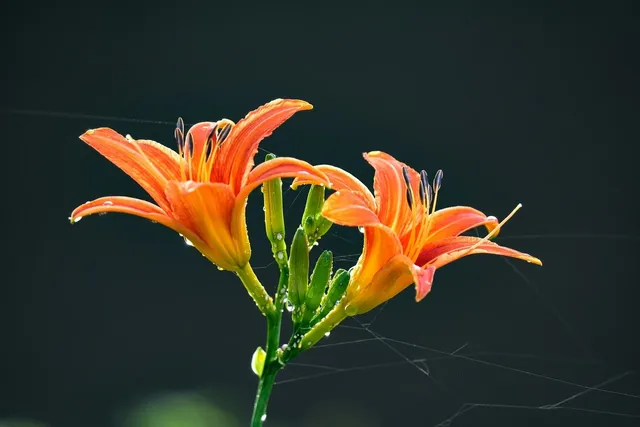The mango, scientifically known as *Mangifera indica*
A Unique History of Mango: The Journey of the King of Fruits*
The mango, scientifically known as Mangifera indica, is often referred to as the "King of Fruits." Its journey begins in the lush forests of the Indian subcontinent over 4,000 years ago, where it was first discovered in the wild. Ancient Sanskrit texts, dating back to 2000 BCE, mention the mango as a symbol of love, fertility, and prosperity, suggesting its profound significance in early Indian culture. It was considered a sacred fruit, believed to have the power to grant wishes, and was often offered to gods and kings as a token of respect and devotion.

From India, the mango began its voyage across Asia. By the 4th and 5th centuries, Buddhist monks carried mango seeds to Southeast Asia, China, and the Malay Archipelago. These monks, traveling along the Silk Road, saw the mango as a symbol of harmony and spiritual enlightenment, planting its seeds along their routes. As a result, the fruit began to spread throughout the tropical regions of Asia, adapting to different climates and growing conditions.

By the 10th century, Persian traders and invaders had carried the mango westward to Persia and the Middle East. In Persian gardens, the mango was cherished as a luxury, its exotic taste captivating the palates of sultans and emperors. The Persian name for mango, "Anbah," became synonymous with abundance and wealth, and the fruit was quickly integrated into Persian culinary and medicinal practices.
The Portuguese arrived in India during the 15th century, and they became enamored with the mango, which they called “manga,” derived from the Tamil word “mankay.” Portuguese explorers, recognizing the fruit’s commercial potential, began cultivating and exporting it to Africa and Brazil. The mango’s voyage to the New World had begun. It quickly took root in the rich, fertile soils of South America, where it adapted well to the tropical and subtropical climates.
By the 18th century, the mango had reached the shores of the Caribbean, finding a new home in the West Indies. British colonial traders carried the fruit to Jamaica and other Caribbean islands, where it became a staple of local cuisine. By the 19th century, mangos had reached Florida and Mexico, marking their entry into North America. The mango was no longer a regional delicacy; it had become a global sensation, a fruit known for its sweetness, juiciness, and unique flavor.
Throughout its history, the mango has played a vital role in culture, religion, and trade. It inspired poets like Kalidasa in ancient India and painters in Mughal courts, where it symbolized love, fertility, and eternal life. In modern times, the mango has become an important agricultural product, providing livelihoods to millions worldwide. India, the world’s largest producer of mangoes, celebrates it with festivals like the Mango Festival in Delhi, where countless varieties are showcased.
Today, the mango continues to captivate people with its rich history and delicious flavor. It is enjoyed in a multitude of ways, from fresh slices to chutneys, smoothies, and desserts. Its journey from the ancient forests of India to the global market illustrates not just the spread of a fruit but also a story of cultural exchange, adaptation, and enduring appeal.

And so, the mango remains not just a fruit, but a story — a vibrant, colorful narrative that has traversed continents, influenced civilizations, and enriched the lives of millions around the world.
| Community | My Blog |
|---|---|
| Category | Writing |
| Device | Samsung |
| Caption | @zidan07 |
| Location | Bangladesh |
Wait, you typed all this on a mobile phone? :O